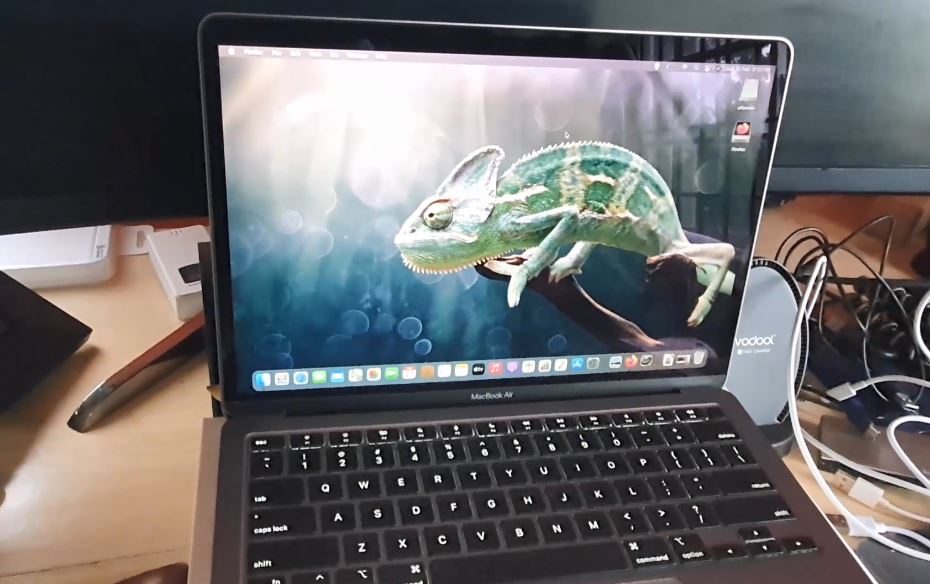What To Do When Macbook Is Running Slow
Do you find yourself frustrated with your slow MacBook Pro? Are you tired of dealing with lagging applications and sluggish performance? If so, you're not alone. Many MacBook Pro users experience these issues on a regular basis. Fortunately, there are steps you can take to improve the speed and performance of your device.
 Do you like affordable repair fees?
Do you like affordable repair fees?
One of the most common reasons for a slow MacBook Pro is a lack of maintenance. Over time, your device can become bogged down with unnecessary files and applications, leading to decreased performance. To combat this issue, it's important to regularly clean out your system and remove any unused programs.
Additionally, upgrading your hardware can also help improve speed. Consider adding more RAM or upgrading to a solid-state drive for faster performance. These upgrades may come with a cost, but they can greatly enhance the overall speed and functionality of your MacBook Pro.
Another factor that can impact the speed of your MacBook Pro is the number of applications running in the background. If you have multiple apps open simultaneously, your device may struggle to keep up. To close running apps on your MacBook Pro, simply follow these steps:
 A Step by Step Guide on How to Close Running Apps on MacBook Pro
A Step by Step Guide on How to Close Running Apps on MacBook Pro
1. Click on the Apple logo in the top-left corner of your screen.
2. Select "Force Quit" from the drop-down menu.
3. A window will appear showing all currently running applications.
4. Select the app you want to close and click "Force Quit."
5. Repeat this process for any other apps you wish to close.
By closing unnecessary apps, you can free up valuable system resources and improve the speed of your MacBook Pro. It's a simple yet effective way to enhance performance without spending a dime.
 What to do when your MacBook Pro is running slow?
What to do when your MacBook Pro is running slow?
If you've tried cleaning out your system and closing running apps but your MacBook Pro is still running slow, there may be other issues at play. One common cause of slow performance is outdated software. Make sure that your operating system and applications are up to date to ensure optimal performance.
Regularly restarting your MacBook Pro can also help improve speed. Restarting your device clears the system cache and refreshes the operating system, which can help eliminate lagging and sluggishness.
If you're still experiencing slow performance, it may be time to consider professional help. A certified technician can diagnose any underlying issues with your MacBook Pro and recommend the best course of action. While professional repair fees may not always be affordable, they can provide long-lasting solutions to your device's speed problems.
 MacBook Running Slow? This Simple Trick Can Speed It up Almost Instantly
MacBook Running Slow? This Simple Trick Can Speed It up Almost Instantly
One simple trick to try when your MacBook Pro is running slow is to clear your browser cache. Your browser cache stores temporary files from websites you visit, which can build up over time and slow down your browsing experience. By clearing your cache, you can free up space on your device and improve overall speed.
To clear your browser cache on a MacBook Pro, follow these steps:
1. Open your preferred web browser.
2. Click on the browser menu and select "Clear browsing data."
3. Choose the time range for which you want to clear data.
4. Check the box next to "Cached images and files."
5. Click "Clear data" to confirm.
After clearing your browser cache, restart your browser and test the speed of your MacBook Pro. You should notice an improvement in performance, especially when browsing the web.
 Macbook Running Slow How to Fix - BlogTechTips
Macbook Running Slow How to Fix - BlogTechTips
If you're still struggling with a slow MacBook Pro, there are other troubleshooting steps you can take to improve performance. Consider running a malware scan to check for any malicious software that may be impacting your device's speed. Malware can slow down your MacBook Pro and compromise your security, so it's important to remove any threats as soon as possible.
You can also try resetting your MacBook Pro's System Management Controller (SMC) and PRAM/NVRAM. These resets can help resolve issues related to power management and system settings, which may be contributing to slow performance.
Lastly, if all else fails, consider backing up your data and performing a clean reinstall of macOS. This process will erase everything on your device and start fresh with a clean operating system. While it may be a time-consuming process, it can often resolve stubborn speed issues and give your MacBook Pro a new lease on life.
By following these tips and tricks, you can improve the speed and performance of your MacBook Pro and enjoy a smoother computing experience. Don't let a slow device hold you back – take action today to optimize your MacBook Pro's speed and efficiency.
A Step By Step Guide On How To Close Running Apps On MacBook Pro
 www.guidebrain.com
www.guidebrain.com MacBook Running Slow? This Simple Trick Can Speed It Up Almost Instantly
 www.idropnews.com
www.idropnews.com Macbook Running Slow How To Fix - BlogTechTips
 www.blogtechtips.com
www.blogtechtips.com Do You Like Affordable Repair Fees? | Computer Repair, Computer Repair
 www.pinterest.com
www.pinterest.com What To Do When Your MacBook Pro Is Running Slow? | Fixing Guide
 flexgate.me
flexgate.me
Komentar
Posting Komentar